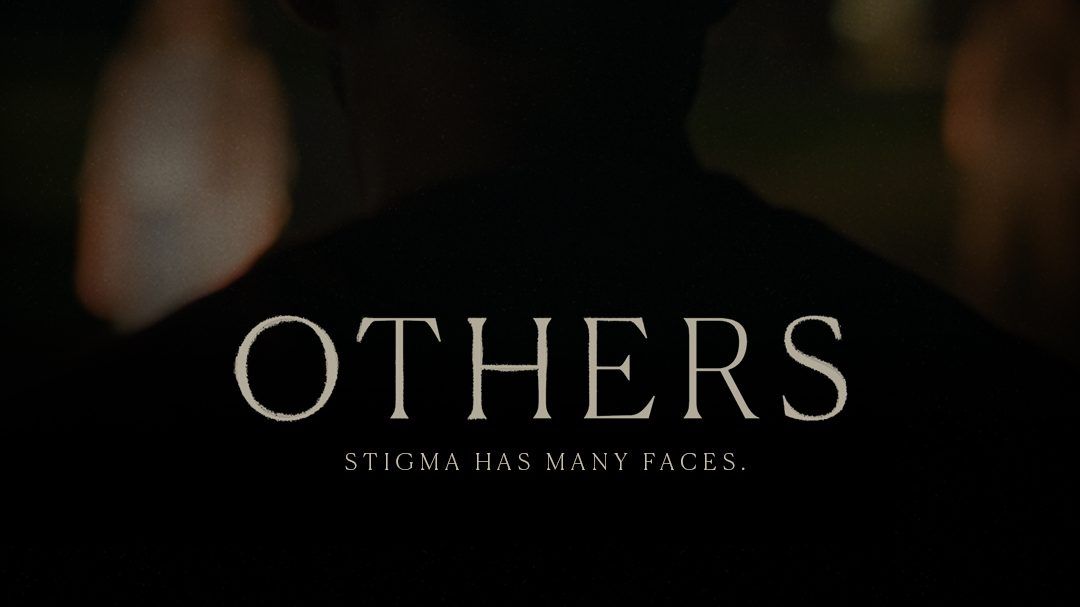current hiv/aids statistics in canada
although hiv can affect any person regardless of age, sex, gender, race, ethnicity or sexual orientation, certain populations carry a greater share of the burden in canada. the common thread among these groups,
which include sexual minorities and racialized communities, is that they face social and structural barriers that can make it difficult to receive equitable health care. however, the fact that there are so many people living with hiv today speaks to success current medications have had in treating the infection and extending lifespans.
it is estimated that there were 62,790 people (or 170 cases per 100,000 people) living with hiv in canada by the end of 2020. around 10 per cent of this group, or 6,590 people, were unaware of their status. of those living with hiv in 2020, just under one-quarter, or 15,470, were female.
there was an estimated 1,520 (or four per 100,000) new hiv diagnoses in 2020, a slight decrease from the 1,760 new infections in 2018, with the majority of new infections among the country’s most vulnerable populations. one-fifth of new infections were among indigenous people.
a study by the university of british columbia found that while covid-19 may have reduced social interactions (and, therefore, hiv infections) in the spring of 2020, i
t also prevented patients from accessing therapy or viral load testing. the study calls for the implementation of new measures in the future to prevent one health crisis from worsening another.
 9 minute read
9 minute read



